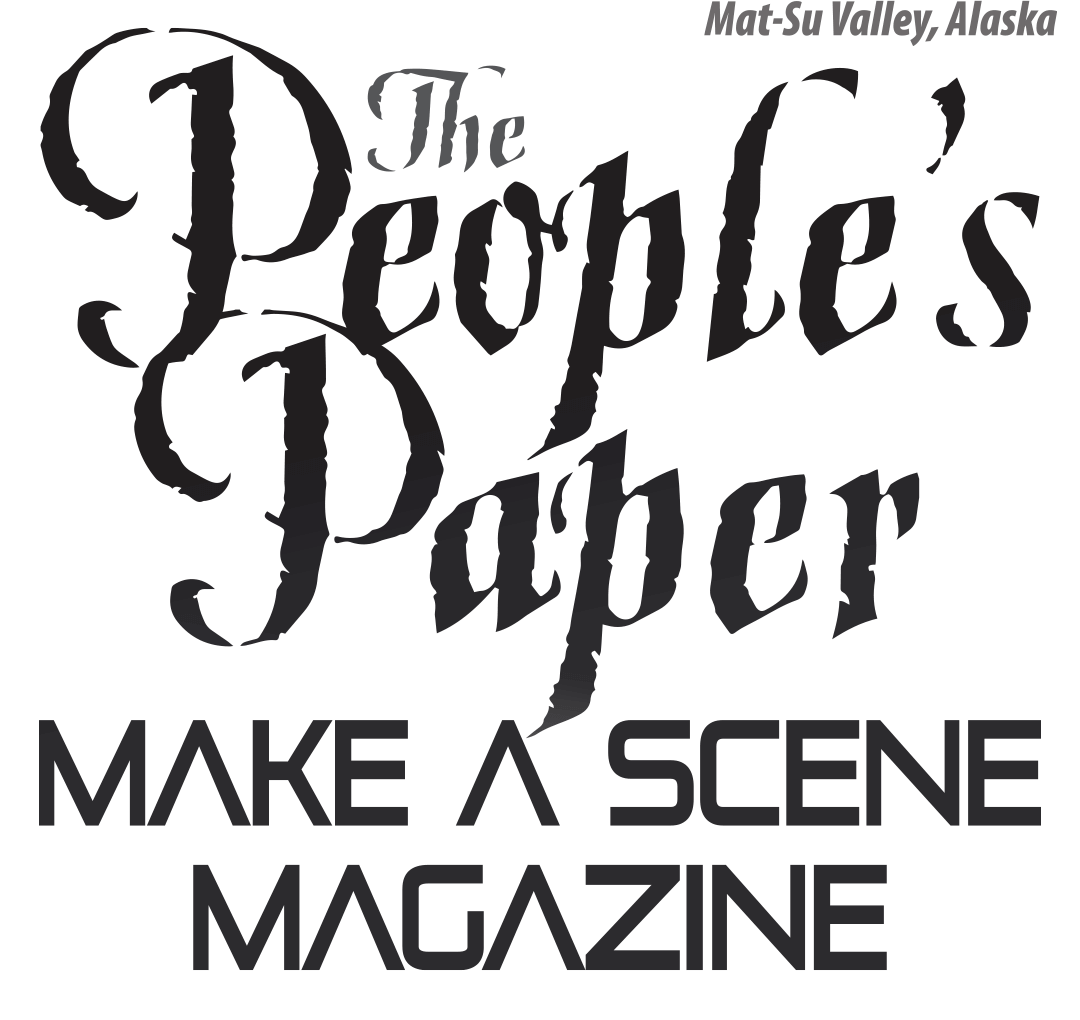Contributed by Monica Stein-Olson
I have had many opportunities to speak with constituents in recent months about the challenges that lie ahead. What is most striking is the focus on our annual situation and reluctance of some candidates to engage in discussions about the long-term.
There is an obvious election disadvantage to taking a position of filling holes with tax revenue. Though the outlook appears grim, I believe we still have other options. What we cannot do is continue to look no farther than the next year. Nor can we cut our way completely out, compromising public safety, infrastructure maintenance, education, and the future of the Permanent Fund Dividend. If Alaska had been more vigilant at preparing for such a decrease in oil prices and production when our fiscal crisis first presented, I don’t think we would see the level of disagreement we are now experiencing.
With that in mind, I propose that we turn some attention toward learning what a state bank might look like in Alaska. Having specialized in foreign economic development for the U.S. government, I can tell you that public banks are not novelties. Other developed nations have established such financial institutions to generate revenue and the United States is now playing catch up with the movement gaining ground. The idea is not liberal or socialistic. In fact, North Dakota has had a public bank for over a century that supports a robust agricultural industry. This has helped the flickertail state weather economic downturns, even prior to their oil boom.
A state bank is not a one-size-fits-all model of managing resources; however, there are similarities. For example, public banks in general allow for low interest lending to local small businesses, which increases entrepreneurship. Earnings are reinvested into job producing infrastructure projects, keeping money in state and increasing local money supply. Whether an Alaska state bank would provide returns to support the PFD, engage in personal banking or work with the private sector is all to be determined. The model is a blank slate that is uniquely ours.
Many candidates pretend that we can somehow cut our way to prosperity. This is nonsensical because cutting means job losses that result in reduced commerce. Essentially, cutting causes economic contraction – not expansion. With a dwindling and aging population, Alaska cannot afford to cut opportunities that make out migration attractive.
Regardless of your position, I look forward to further discussions about solutions that will help increase development and improve the lives of Alaskans. Please, get out and vote on November 3rd!
